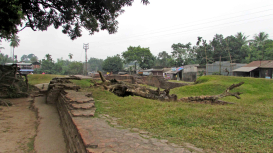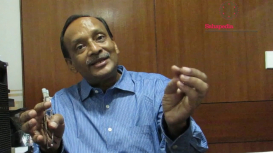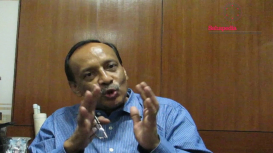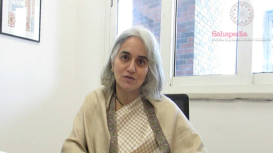Chandraketugarh is an archaeological site in West Bengal, very near to the city of Kolkata. The history of Chandraketugarh goes back to pre- Mauryan times, that is the 2nd century BCE. Scholars have suggested that since then the site has seen continuous occupation throughout the Sunga-Kushana period (preceding and in the early centuries of the Common Era), and then the Gupta and the Pala-Sena period. Apart from its long occupational timeline, several other factors make this site formidable in terms of its historical importance. The first is a possible network of international trade. The Greek geographer Ptolemy, in his famous Geographia, gave a detailed account of the lower Ganges and the region it traversed. Among the four towns that he mentioned, the town of Gangaridae has been identified as Chandraketugarh by several historians. While scholars have argued over whether the site had direct trade relations with Rome, it is highly likely that that even though there might not have been a direct relation, it was surely part of a much wider network of trade in metal. The abundance of coins unearthed points to that. Archaeologist Dilip Chakrabarti suggests that this was during the second urbanization, of which coastal Bengal had felt a direct impact even if for a shorter time. In present times Chandraketugarh is plagued with the problem of the theft of antiquities, and is in the middle of a vast network of illegal antiquities trade. This work aims to highlight the history of Chandraketugarh and its present-day condition as a site almost entirely neglected. It aims to bring out the importance of this site not only as a historical site but as a heritage site.
The module has three articles, one that deals with the broad historical and modern-day condition of Chandraketugarh, the other two with the problem of illegal antiquites trade and with the folklore sorrounding Chandraketugarh. This work is accompanied by a photo gallery and interviews with historians Nayanjot Lahiri and Rupendra Chattopadhyay.




